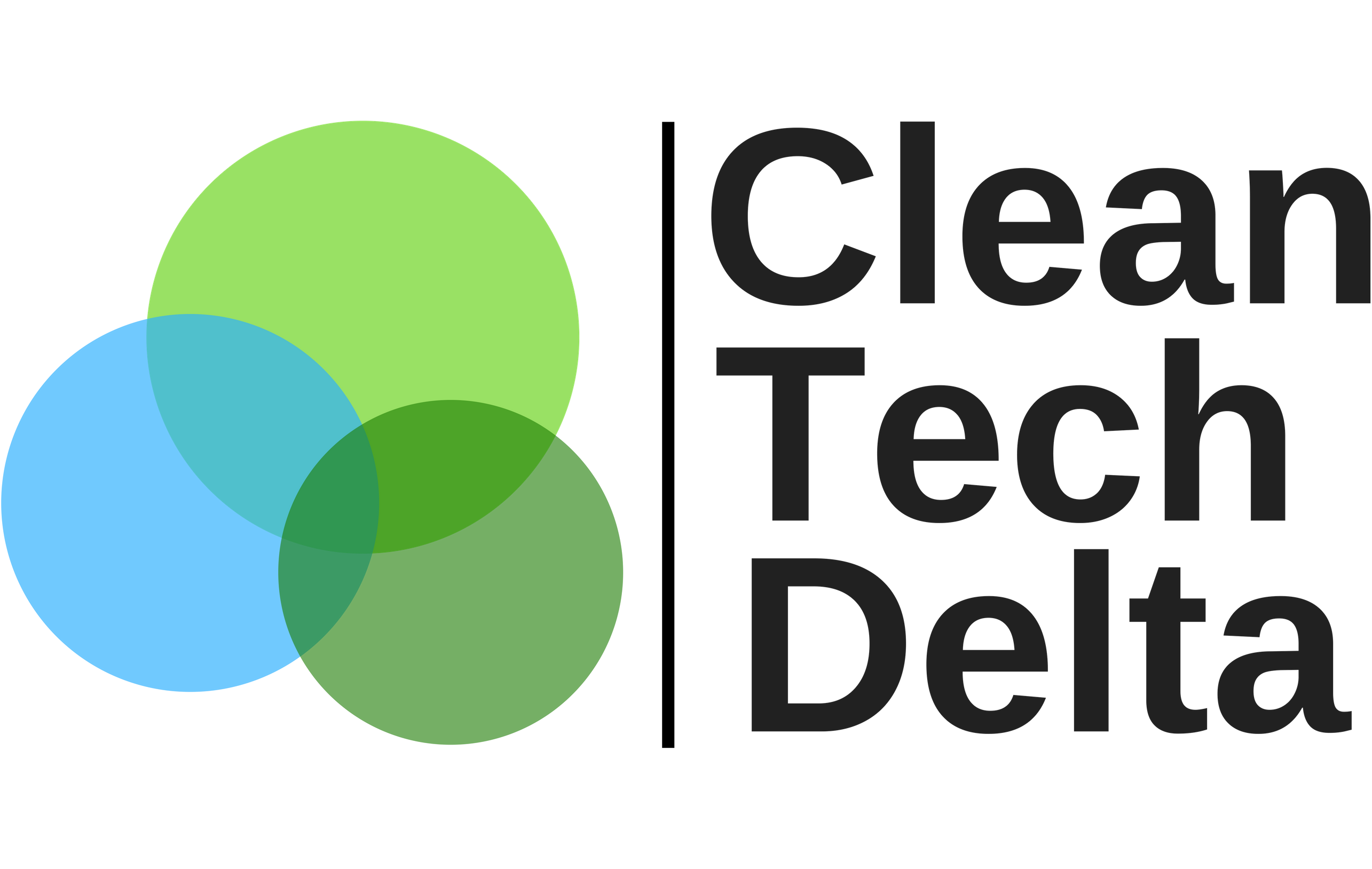2016-2030 are the most critical 15 years for energy, industrial and economic transitions in China and around the world. In 2015, the United Nations has set out the new Sustainable Development Goals, highlightingthe importance ofgreen, low carbon, and circular economy development. In the same year, Paris Agreement was adopted, setting a solid foundation for accelerating innovation, commercialization and scaling up of clean technologies. Globalconsensus has been made that carbon emission has to peakas soon as possible, and the world should head towards zero emission by around 2050s. The year 2016 marks the start ofa globalenergy transition journey.
Meanwhile, China kick starts its 13th Five-Year-Plan for National Economic and Social Development (the 13th FYP), which aims to transform the country into a “low high income” economy by 2020, with GDP and per capita incomefor both rural and urban populations doubling from 2010 levels. As the country faces ecological, environmental and resources constraints, China has “declared war against pollution”, and is steering its economy towards “ecological civilization”. To overcome the challenges, there is an urgent need to reduce reliance on fossil fuels and polluting technologies; to develop emerging strategic industries and technologies that help transform traditional industries; and to reinforce the development of technologies related to health and wellness, agriculture, and enhancing quality of life. During the 2015 National People’s Congress, China has for the first time designated environmental industry as an important pillar for the country’s economic growth; in 2016, the country will kick-start its new green policy, which focuses on the well-being of both human being and the natural environment.
Clean technologies are driving a renewed global economic boom; and China is starting to lead the world’s Clean Revolution. China’s contribution is vital to the achievement of global sustainability and climate targets, especially in the commercialization and scaling up of clean technologies. China today presents the biggest ever market of clean technologies in the world: A record US$391 billion flowed into low carbon and climate-resilient growth in 2014, with China investing the lion’s share at 22% of the global total.
The Global Cleantech Summit 2016: “The Accelerator 100 Project” will showcase 100 clean technologies from China and around the world, provide timely analysis of the 13th FYP and insights into its implications to the cleantech sector development and market opportunities in China. The Summit will convene businesses, experts,academiaand government representatives,and provide a collaboration platform to facilitateinvestments and deployment of clean technologies.
PURPOSES
The Global Cleantech Summit 2016 is a leadership platform and dialogue on China’s and global cleantech solutions, with the aim to seek effective commercialization of clean technologies. The Summit will focus on key technology areas that could initiate fundamental transformation in China’s energy, industrial and economic development. The Summit convenes some of the world’s most exciting cleantech companies, industrial leaders, successful investors, and local government leaders who work relentlessly on the promotion of clean technologies, bringing together the best thought leaders and experience within China and from the international community to meet the global environmental and natural resource challenges. The Summit will:
- Kick-start the “Accelerator 100 Project” by the partners, showcasing 100 technologies that promote China’s transformation;
- Convene international investors, industrials, and leadingcleantech companies which have an ambition to grow their business in China, and vice versa, to harness cleantech investment opportunities;
- Showcase best practices, identify market opportunities and development trends through in-depth case studies;
- Analyze the current and potential fast-growth and high-yield cleantech market, and offer a roadmap on how industry can play an even bigger role and create extra value in the deployment of clean technologies;
- Catalyze better linkages between investors and strategics in China, Europe and North America, and rest-of-world cleantech companies to form potential business partnerships.
More information here: Global Cleantech Summit 2016 – Agenda (130116).

